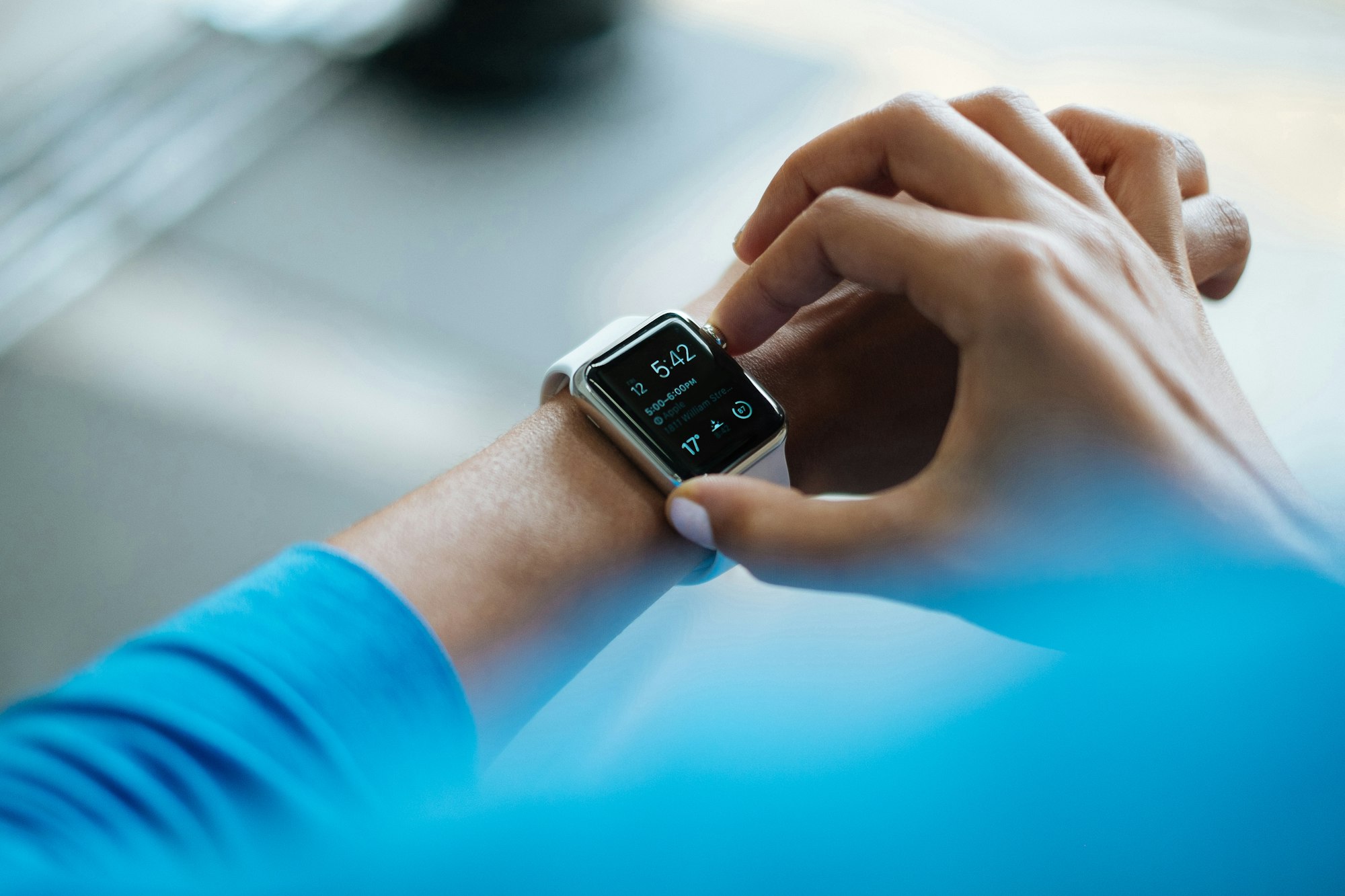Unpacking the Hype and Potential of Wearables in 2024

From what used to be futuristic fancy accessories to dependable health aids, wearables have come a long way from being just another epitome of technological innovation.
Today, they are not limited to smartwatches that track people's heart rates. They have expanded to the point where smart helmets can now aid people with difficulty hearing and seeing.
Wearables are more than just a testament to innovation. They mirror the urge to keep developing technology to bridge the gap between what we currently have and the unrestrained potential of it. Wearables are embedded in many people’s lifestyles today by seamlessly integrating with routines and empowering people to take control of their health and well-being like never before.
They have come far from being just a futuristic sketch of the past as they manage to pose themselves as necessary lifestyle aids. However, one question remains: with all this potential on the market, is there more in store for wearables this year?
Technology and Wellness: The Perfect Pair
Perhaps the word that frequently comes to people's minds whenever they encounter the word wearable is fitness. Well, that can be considered inevitable. After all, a lot of companies have managed to sell a lot of wearables, specifically smartwatches, for their fitness features. The Apple Watch is the prime exemplification of such hype when it comes to the fitness game. It offers a comprehensive set of features to support users in achieving their fitness goals. The platform provides personalized workouts across various categories such as HIIT, yoga, Pilates, and more, allowing users to choose based on their fitness level, time availability, and music preferences. For more information on its latest features, you can read the detailed article on NBC News.
But what is it about fitness and smartwatches that formulates the perfect pair?
These smartwatches go beyond just tracking people’s heart rate when it comes to fitness tracking. These wearables provide a stream of data that helps people stay on top of their health management. The data comprises heart rate, blood pressure, sleep patterns, activity levels, and soon, even blood sugar levels. This luxury of real-time information is what people pay for and what people incorporate into their lifestyles.
When Hype Meets Functionality
Not everyone is willing to pay for the convenience of wearables, but when demand is met with a reasonable price, it’s hard for most people to ignore this compelling factor. Modern wearables sell themselves through reduced burdens by incorporating features like contactless payment and automatic data collection. But this is not what reels people in when it comes to convenience.
These wearables utilize personal information to provide the utmost personal service to their users and adapt to different activities, which is something that most people can live without but can make someone’s life easier. This is brought about by the seamless collection of data through the personalization mechanism and the continuous analysis of the gathered data from the user’s activities. But for this to be effective, it has to garner trust among its user through credibility: not just with how they manage their data but also with how they utilize it to provide the maximum experience.
Beyond the Wrist Opportunities
Wearables continuously position themselves in the market as something bigger than a trend, as epitomized by the rapid release of new models like Samsung’s Oura Ring. However, there is a pending question when it comes to the next thing beyond the fitness functionalities of wearables. Are there more wearables in stores on the market?
The answer is definitely yes. Wearables are not limited to smartwatches that monitor health. It is expanding its functionality to healthcare, going beyond just selling convenience. IrisVision released a wearable that aids people with visual impairments long ago but is consistently improving its functionality, not only to stay relevant but also to improve its delivery of essence.
This principle is observed not just by tech brands and companies but by businesses catering to people’s needs and wants. For example, in lucrative leisure activities like online casinos, it does not matter whether you have the most generous bonuses. What weighs more in this type of business is how well they know their consumers’ needs and improve their business model by adapting to their needs and preferences, like how VegasSlotsOnline exemplifies this principle by delivering well-curated offers and services, tailored to what their consumers seek for every game.
This draws out more potential for wearables in 2024, where technology is not just about how sleek they look but how well they adapt to what people need and how they exemplify their essence of being in the first place. It’s more than just the need to stay relevant in business; it's how well companies can create demand and supply it wisely that captures the essence of their vision.
Clearly, the wearables industry aims to bring more to the table– it’s natural order. However, the road to achieving it is laden with challenges that necessitate a strong foundation and understanding of what they stand for in this business.